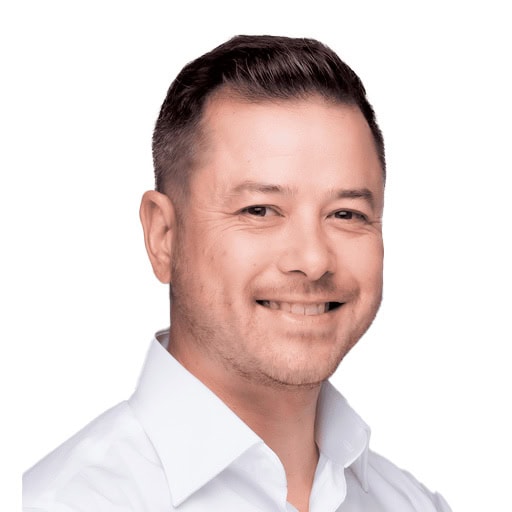Businesses thrive on periods of sustained growth, but it’s important to have systems and security settings that can keep up with the requirements of an expanding physical and geographical footprint.
When organisations enter a high-growth phase, regardless of whether the source of the growth is organic, via acquisition or a mix of both, it’s a cause for excitement – but often also a case of ‘all hands on deck’ to keep pace with the demand and meet ongoing operational requirements.
It’s often not until after the dust has settled and the organisation has found its rhythm again that it’s able to take a step back and take stock of the situation.
Rapid growth trajectories often unveil operational inefficiencies. These may include limitations in communication speed and capacity between geographically dispersed sites, excessive reliance on manual processes and spreadsheets, difficulties in managing a larger organisational footprint and workforce, and inadequate infrastructure to accommodate peak usage demands.
However, these growing pains manifest; the outcome is often the same. As organisations grow larger, at some point they will want to use their new-found economies of scale to their advantage. This may take the form of shared services that can be applied by multiple sites or functional parts of the business. In other cases, the deployment of enabling systems designed specifically to give larger organisations more flexibility in how they serve the needs of different sites and edge locations.
Physical security is one aspect of operations that will require reassessment, that can benefit from this kind of whole-of-organisation approach. As new locations proliferate and the organisation’s physical footprint grows, the challenges of physical security multiply.
It’s not uncommon for organisations to find themselves saddled with proprietary physical security solutions that no longer meet their evolving security needs. These solutions can be a serious liability when trying to respond to new, emerging security threats, a growing footprint, and increasing pressure from decentralisation.
Fast-growing organisations need a physical security solution that’s efficient to deploy and can be scaled up or down as needs change. They need a way to bring together the expanse of their physical security activities, functions, and data, to make it easier and more efficient to secure people, buildings, and assets.
Models to consider
Several potential operating models exist; which one is selected will depend on a range of factors. These include but aren’t limited to the extent to which physical security is to be run in a centralised or decentralised fashion, and the degree to which organisations are comfortable to run the support infrastructure versus outsourcing that responsibility to someone else.
The first option to consider is a federated approach. This works for multi-site organisations that can’t move all locations onto the same platform. Federation allows organisations to monitor and analyse data from hundreds or even thousands of devices or sites without having to connect to each site individually or sync data manually between sites. It also allows centralised monitoring teams to take actions like locking or unlocking doors remotely.
This approach is popular for large organisations that encourage local site autonomy but also want to save money with shared services where it makes sense. Even when local sites have their own security monitoring teams, many large organisations have been able to lower costs and improve efficiency by centralising monitoring during off-peak hours, for example.
Where it’s possible to run all sites off one central platform, organisations may be more inclined to utilise physical security as a service (PSaaS) hosted on cloud or hybrid-cloud infrastructure instead.
PSaaS can help high-growth organisations keep a handle on their physical security settings, while taking complex installations, multi-site deployment, and rapid change all in their stride. It can also aid physical security modernisation by providing an upgrade pathway into the cloud. Organisations can mix-and-match in their transition – for example, they can start with a fully cloud-based system and add on-premises or managed appliances over time or transition from on-premises to cloud gradually. This approach ensures continuous, adaptable security with an open architecture and various connectivity options.
A third option is to run unified PSaaS, which can support a mix of physical security devices that are managed through a federated, cloud- or hybrid-cloud based arrangement. This is the option that affords fast-growing organisations the greatest degree of flexibility.
Unified PSaaS allows organisations to focus on operations and business objectives instead of investing resources and overhead into maintaining security systems. The provider manages updates and maintenance, and companies only pay for exactly what they need.
Organisations don’t need to unify their entire security infrastructure from the outset. Instead, they can implement a phased approach by starting with video, for example, and then adding access control, intrusion, and more when they are ready. Security teams can easily scale the number of IoT devices (access control, cameras, etc.) they add over time, based on their needs and requirements.
With a unified physical security platform, organisations can fulfil today’s requirements while ensuring easier and more efficient opportunities for long-term growth.




